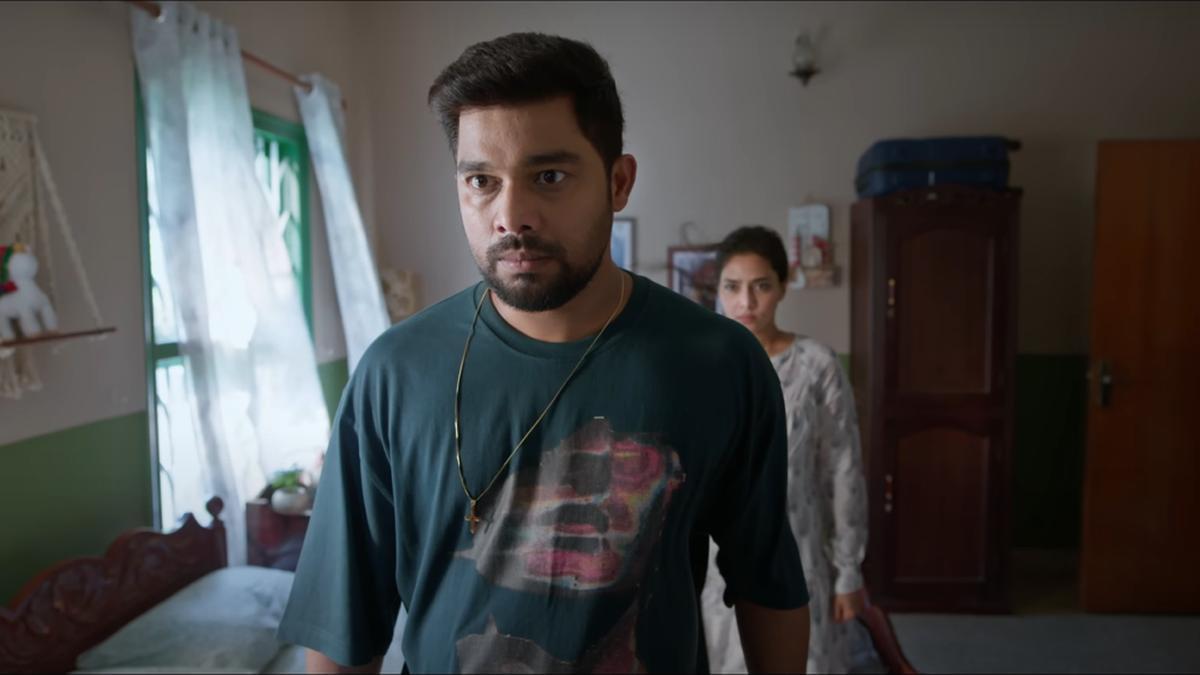
The cinematic landscape is poised to be captivated once again as Vipul Shah and Sudipto Sen, the creators behind the 2023 box-office success ‘The Kerala Story,’ reunite to delve into a raw and poignant theme with their latest venture, ‘Bastar: The Naxal Story.’ This film, starring Adah Sharma in the lead role, paints an intricate portrait of the long-standing Naxalite insurgency that plagues the Bastar region in Chhattisgarh.
Adah Sharma, recognized for her heartfelt portrayal of a religious conversion survivor in ‘The Kerala Story,’ takes on a dramatically different persona as an Indian Police Service (IPS) officer in their upcoming project. Her character stands at the forefront of the struggle against the Naxalite uprising, offering viewers a discerning glimpse into the complexities and turmoil of a region synonymous with Maoist insurgency.
The genesis of ‘Bastar: The Naxal Story’ lies in the 2010 Dantewada ambush, one of the most lethal attacks carried out by the Maoists, which resulted in the tragic demise of 76 Central Reserve Police Force (CRPF) jawans. Shah remembers the profound impact the narrative had on him, voicing the unsettling realization that emerged as he learned of the urban intellectuals who valorize the insurgents as the Robin Hoods of Bastar. The news of celebrations at Jawaharlal Nehru University (JNU) following the demise of CRPF personnel spurred him into contemplation about the essence of national allegiance and the controversial perspectives that embellish the Maoist ideology.
Conjoining Shah’s executive acumen with Sen’s directorial prowess, the film endeavors to shed light on a subject matter that, according to Sen, has suffered from a lack of adequate journalistic attention, in part due to various media and systemic biases. Sen brings a deeply personal understanding of the issue to the film, citing his own familial ties to the movement that burgeoned in the heart of Bastar.
Lauding the commitment of the film’s leading lady, Sen expounds on Sharma’s rigorous preparation, which involved intimate interaction with real-life IPS officers and immersion into the treacherous jungles alongside the elite Cobra Force. Sen emphasizes that the role demanded an actor willing to forgo glamour and embrace the grit and gravitas of the situation. The film’s trailer is testament to Sharma’s dedication; it is a glimpse into the stark, unvarnished reality that officers face in combat against the Naxalite forces.
‘Bastar: The Naxal Story’ aspires to convey an audacious narrative, elucidating the human tragedy that unfurls away from the public eye in this ‘red corridor.’ The team behind this cinematic endeavor is driven by a fervent sense of duty to present an unflinching account of the conflict, a reflection on the sacrifice of security forces, and a meditation on the intricate dynamics at play between development, insurgency, and national identity.
The creators’ intention extends beyond mere storytelling; it is a plea for recognition, an invitation to observe, and perhaps most significantly, a call to understand the lives impacted by this ceaseless struggle. In epitomizing the valor of the CRPF and examining the twisted roots of Naxalism, Shah and Sen embolden the audience to witness the enigmatic existence of Bastar and the lives that are irreversibly intertwined with its destiny.
The groundwork laid by their previous cinematic triumph has set a high bar for Shah and Sen. With the release of ‘Bastar: The Naxal Story,’ they aim not just to mirror the success of ‘The Kerala Story’ but to surpass it by igniting a meaningful discourse on the realities of insurgency, the labyrinth of loyalties, and the poignant aspirations of a beleaguered people longing for peace amidst the chaos. The film promises to captivate audiences, summoning empathy for the embattled and respect for the guardians who brave the depths of Bastar’s dense forests in defense of the nation’s sovereignty.










